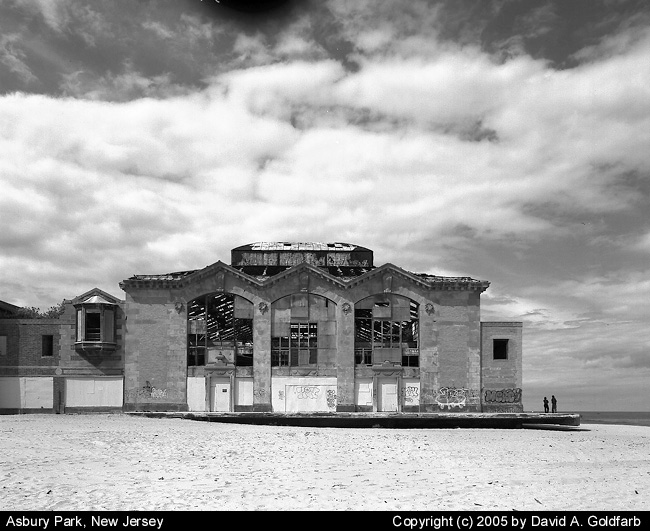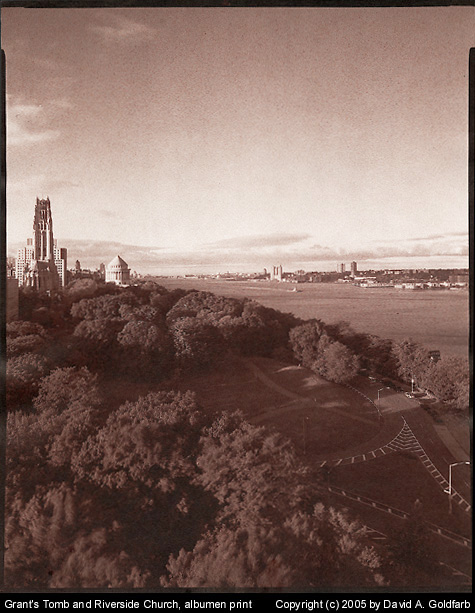nd they regester 5 or more stops from shadow III then I should which, incease or decrease my developement time.
Neither, presumably you have made tests so that your zone VIII prints with detail on paper. So in this case if your shadows are zone III and your clouds fall 5 stops above your zone III they would be Zone VIII, so in this case your indicated development time would be N.
The problem is that back when Adams, Archer and White worked on this system, papers had a exposure scale of 1.2 to 1.3. It has been my experience that present papers have an exposure scale of 1. 0 to 1.1. If you are following the ZS as explained by Adams et al, then you are most likely getting negatives that are too contrasty for your paper and probably are spending too much time burning, if you have tree branches or something sticking into the area of the clouds I am sure you are getting frustrated by dodging them while trying to burn the clouds.



 Reply With Quote
Reply With Quote



Bookmarks